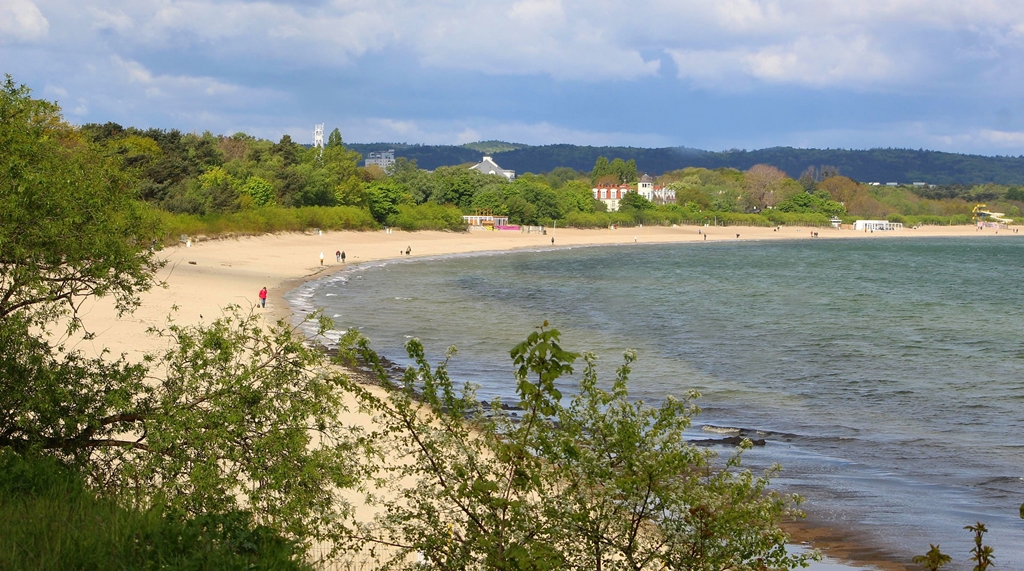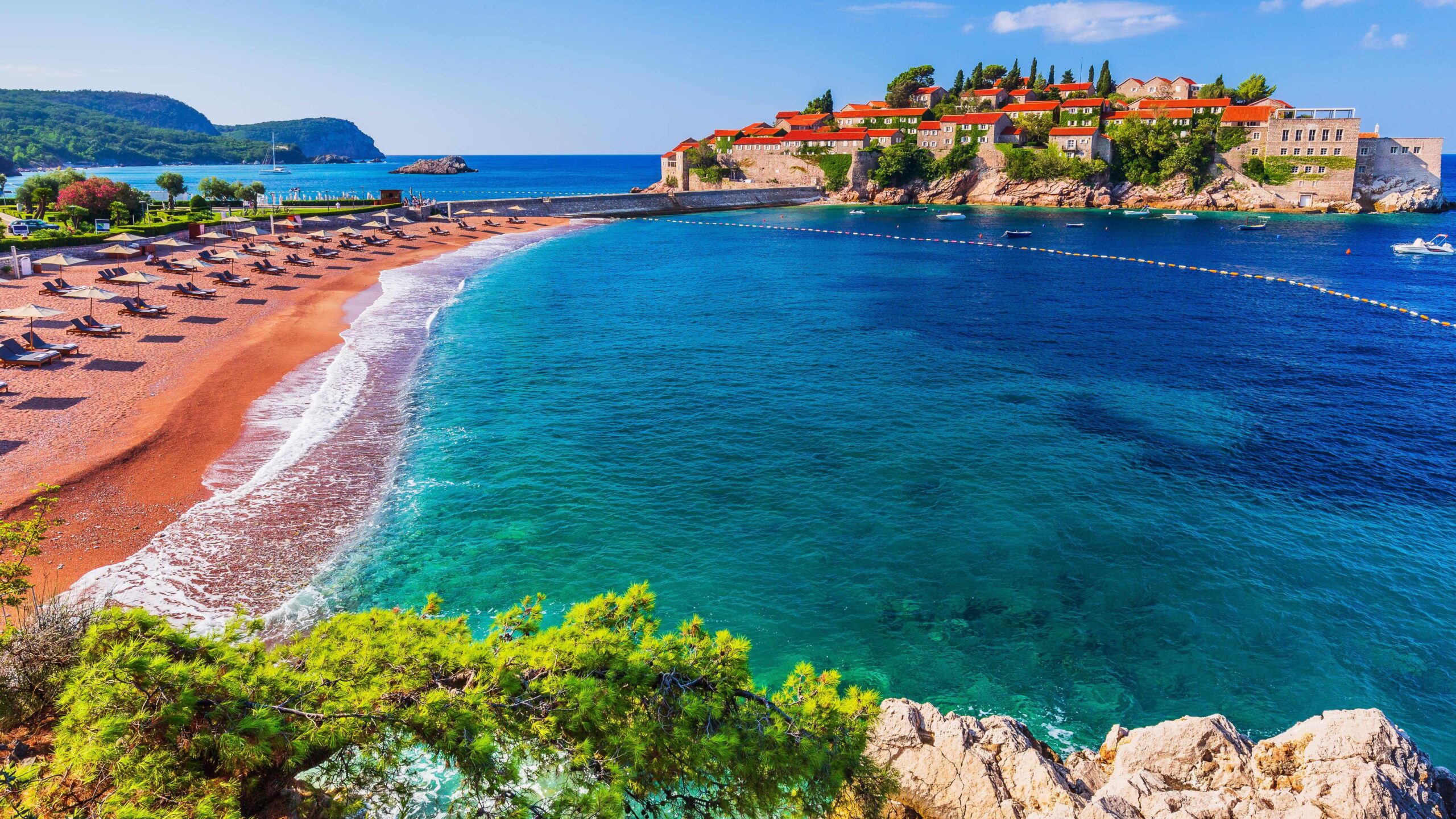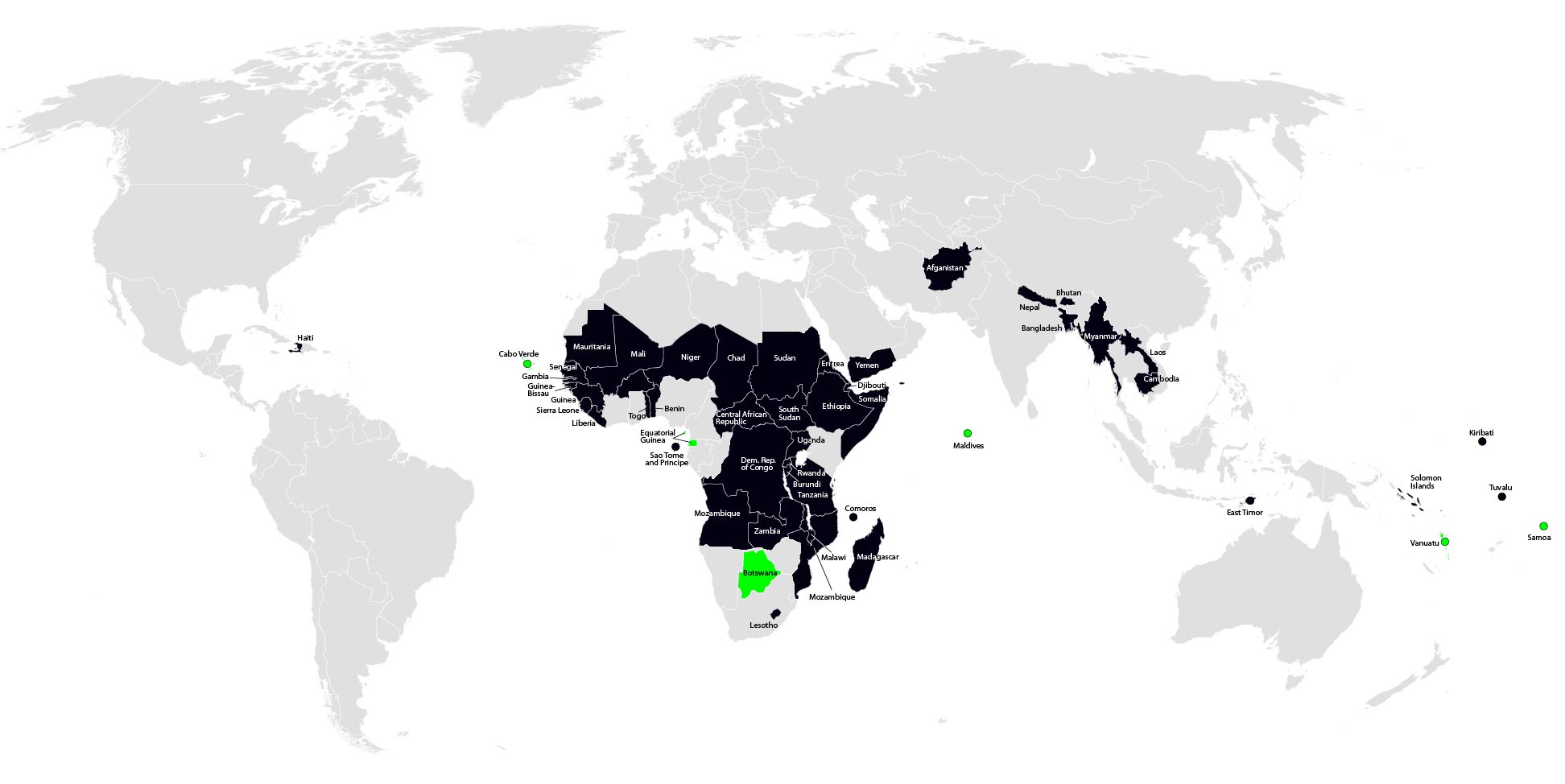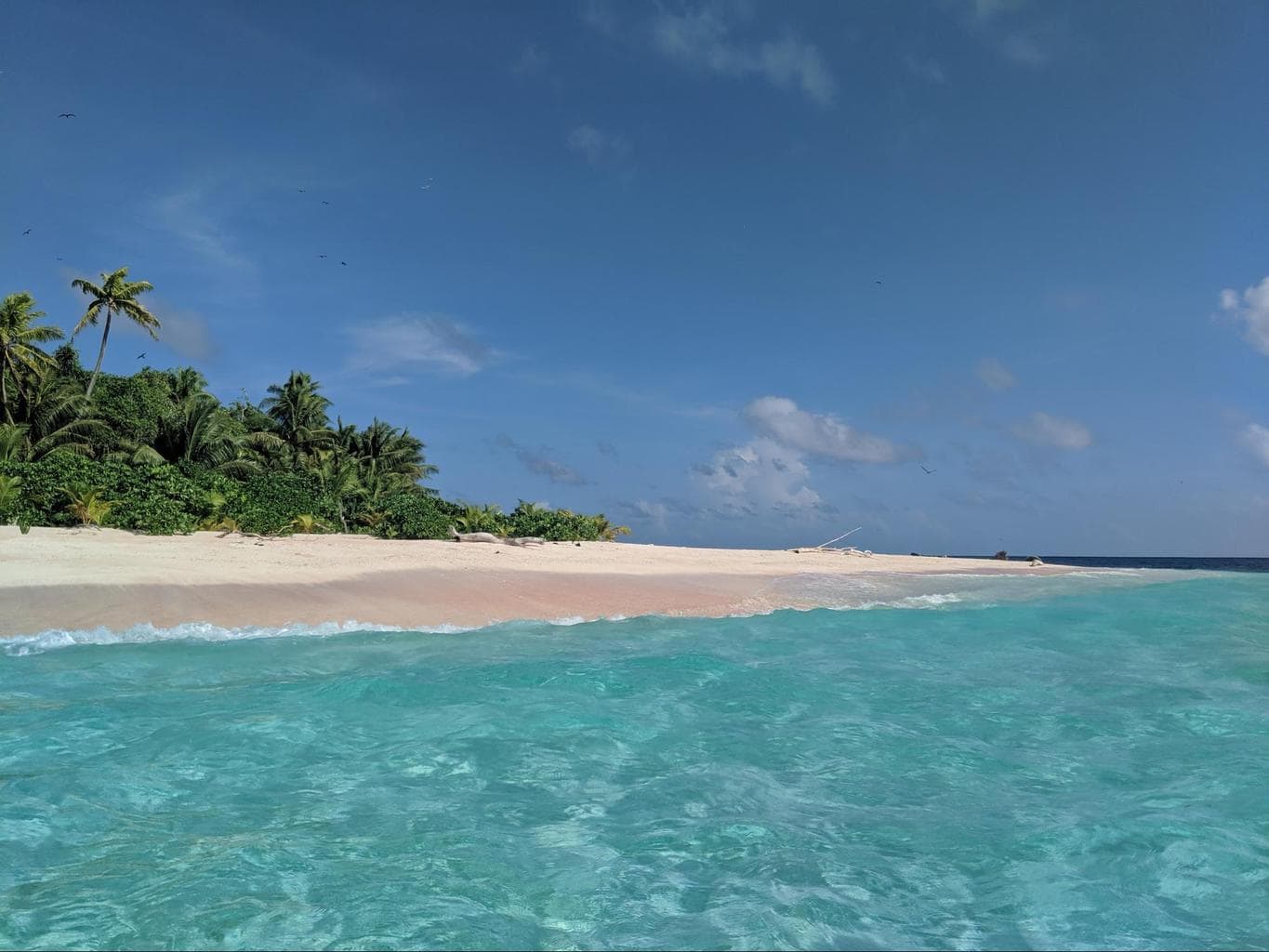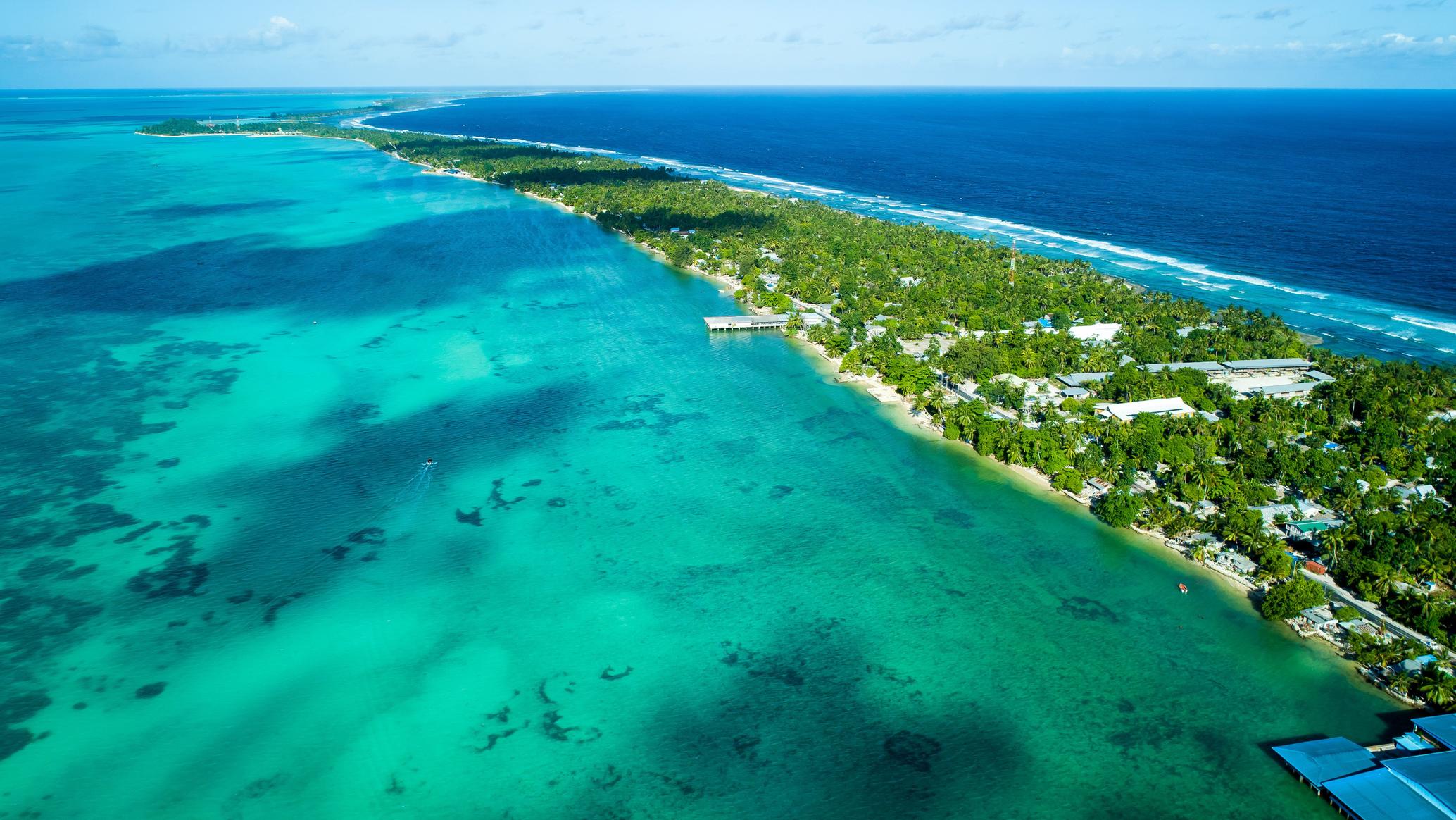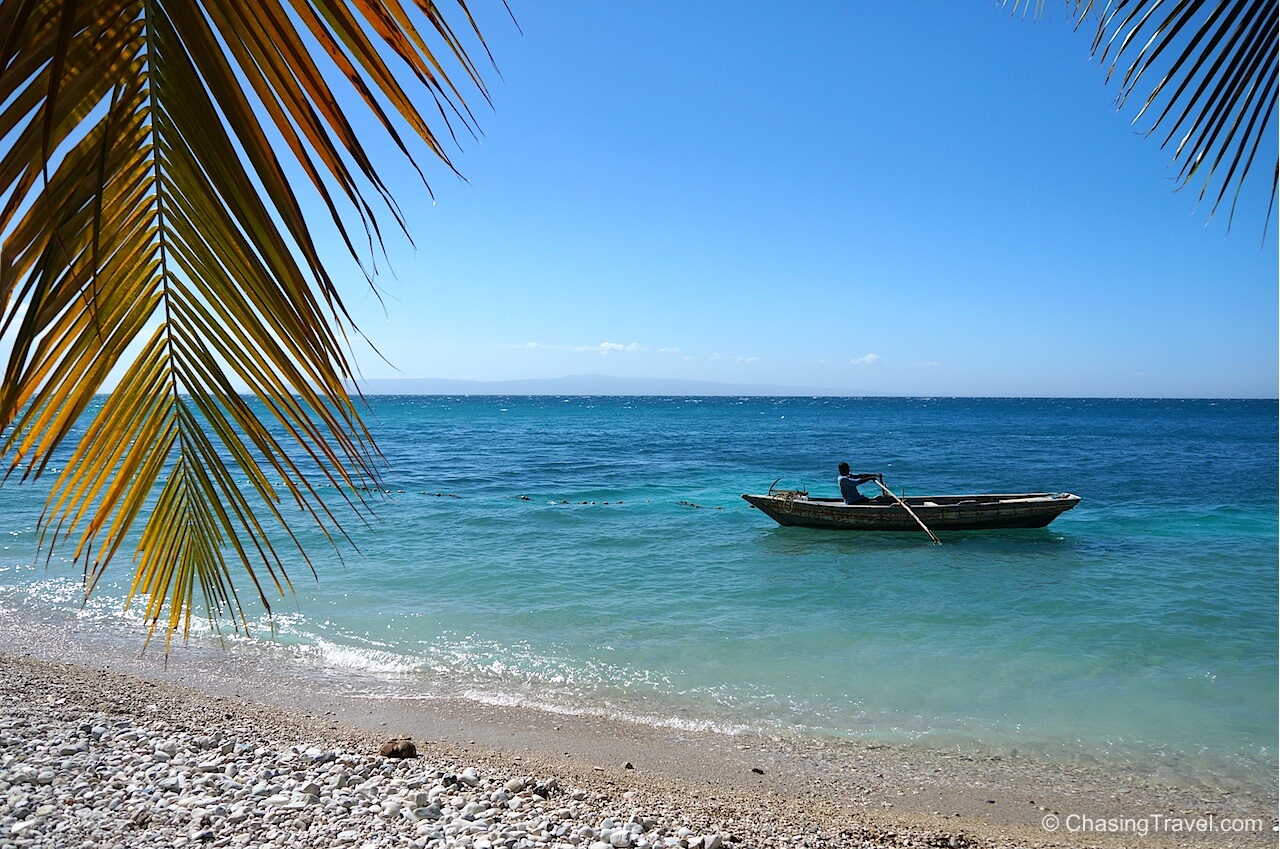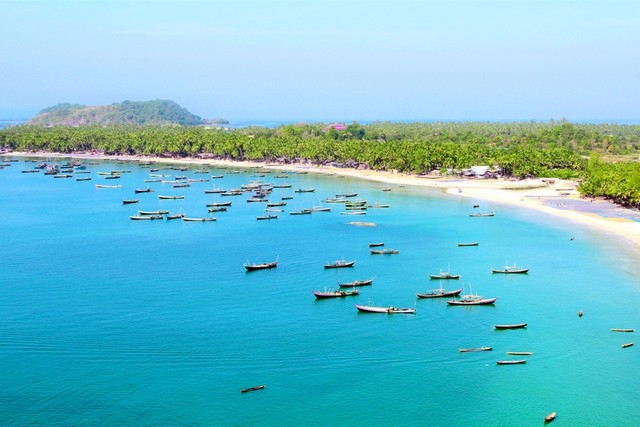Least developed countries
The least developed countries (LDCs) is a list of developing countries that, according to the United Nations, exhibit the lowest indicators of socioeconomic development, with the lowest Human Development Index ratings of all countries in the world. The concept of LDCs originated in the late 1960s and the first group of LDCs was listed by the UN in its resolution 2768 (XXVI) of 18 November 1971.
A country is classified among the Least Developed Countries if it meets three criteria:
Poverty – adjustable criterion based on GNI per capita averaged over three years. As of 2018 a country must have GNI per capita less than US$ 1,025 to be included on the list, and over $1,230 to graduate from it.
Human resource weakness (based on indicators of nutrition, health, education and adult literacy).
Economic vulnerability (based on instability of agricultural production, instability of exports of goods and services, economic importance of non-traditional activities, merchandise export concentration, handicap of economic smallness, and the percentage of population displaced by natural disasters).
As of December 2020, 46 countries are classified as LDC, while six have been upgraded between 1994 and 2020. The WTO recognizes the UN list and says that “Measures taken in the framework of the WTO can help LDCs increase their exports to other WTO members and attract investment. In many developing countries, pro-market reforms have encouraged faster growth, diversification of exports, and more effective participation in the multilateral trading system.”
–
Coastal least developed countries
Countries that belong to this category and have coasts, and their number
In Africa , there is 33 countries that are classified as least developed countries
And 20 of them it coastal countries :
Angola
Benin
Comoros
Democratic Republic of the Congo
Djibouti
Eritrea
Gambia
Guinea
Guinea-Bissau
Liberia
Madagascar
Mauritania
Mozambique
São Tomé and Príncipe
Senegal
Sierra Leone
Somalia
Sudan
Tanzania
Togo
In the Americas (North America , South America), there is 1 country that is classified as a least developed country:
Haiti
In Asia, there is 9 countries that are classified as least developed countries , 5 of them are coastal countries :
Bangladesh
Cambodia
East Timor
Myanmar
Yemen
In Oceania, there is 3 countries that are classified as least developed countries:
Kiribati
Solomon Islands
Tuvalu

